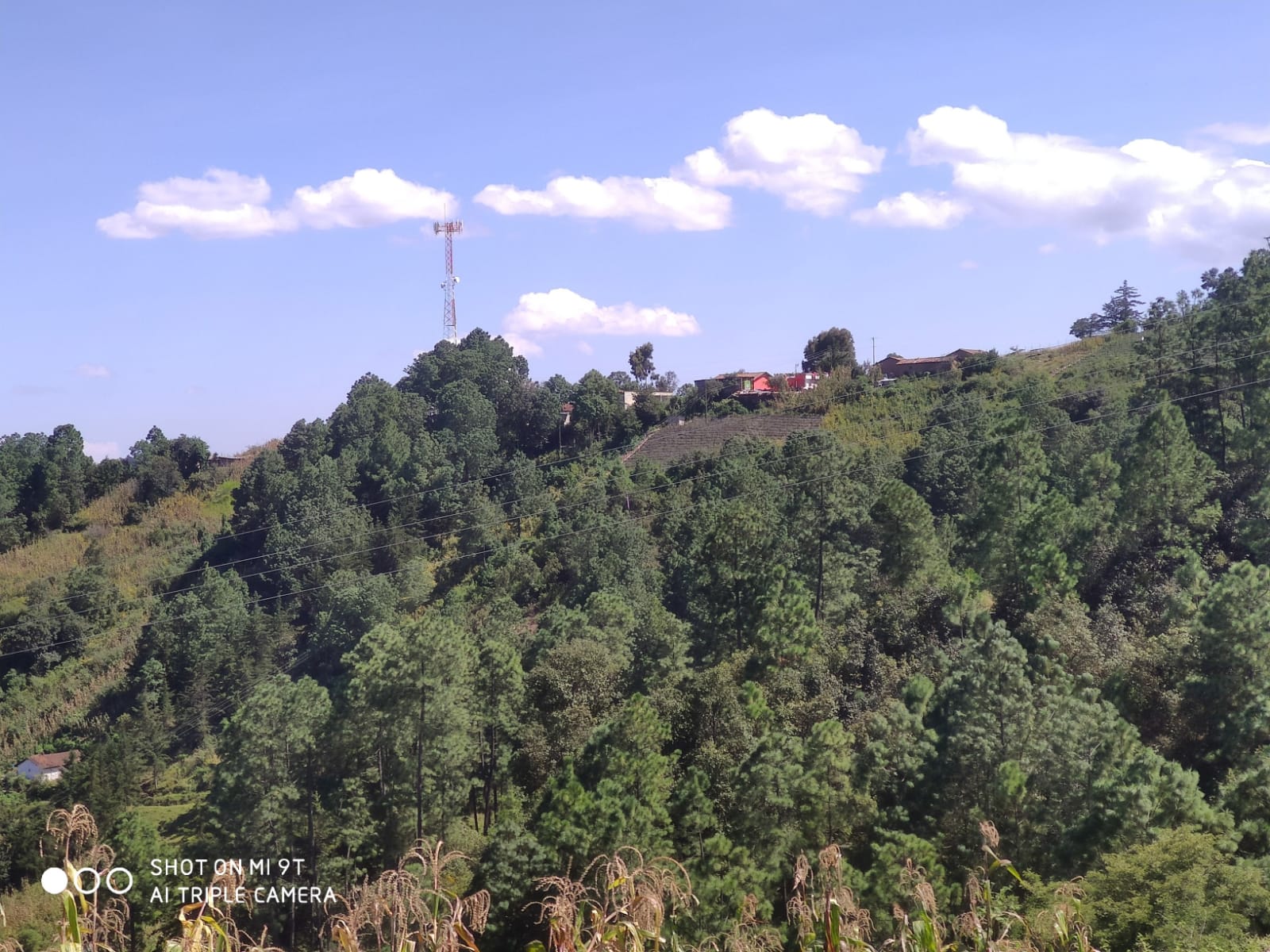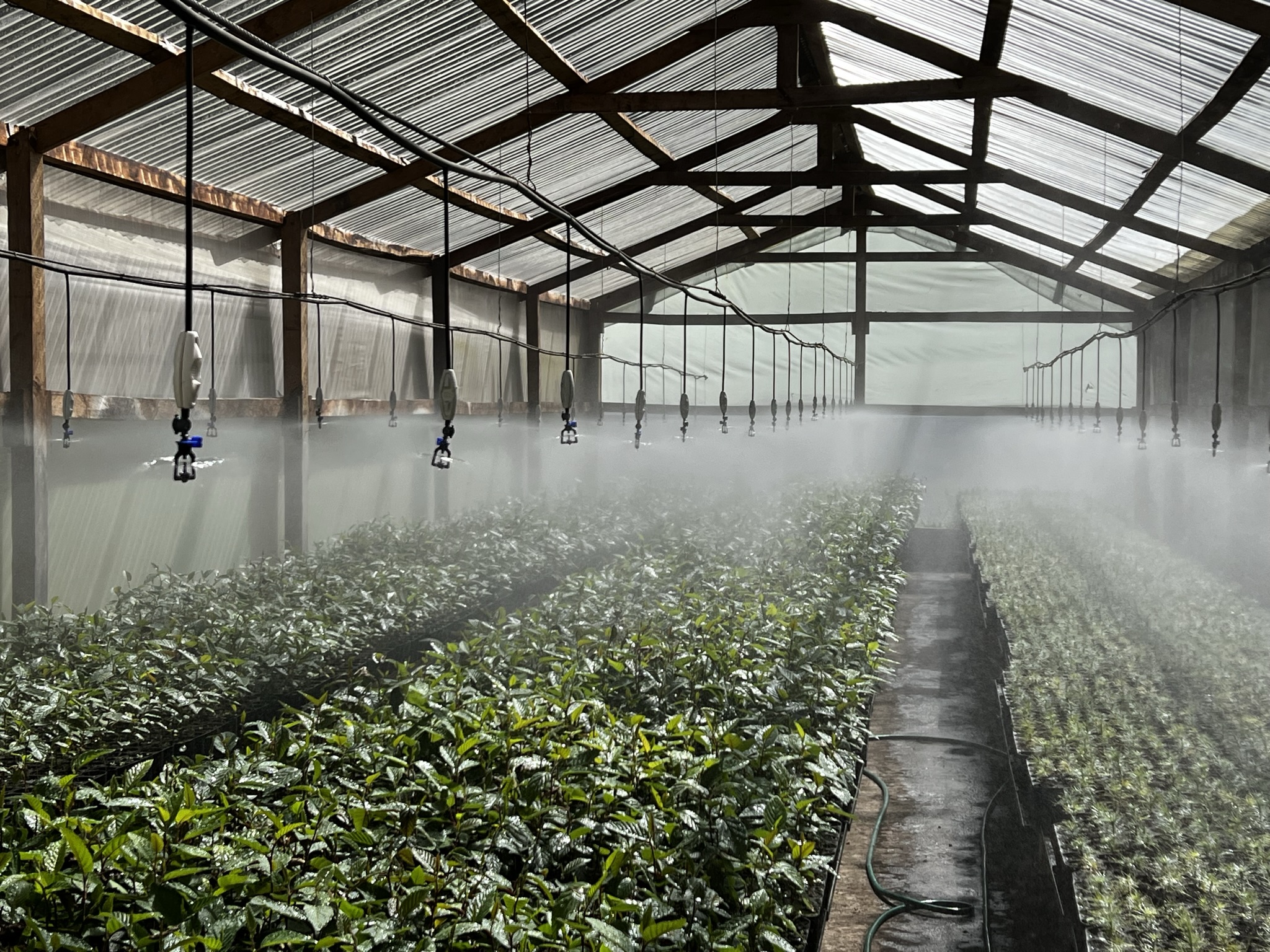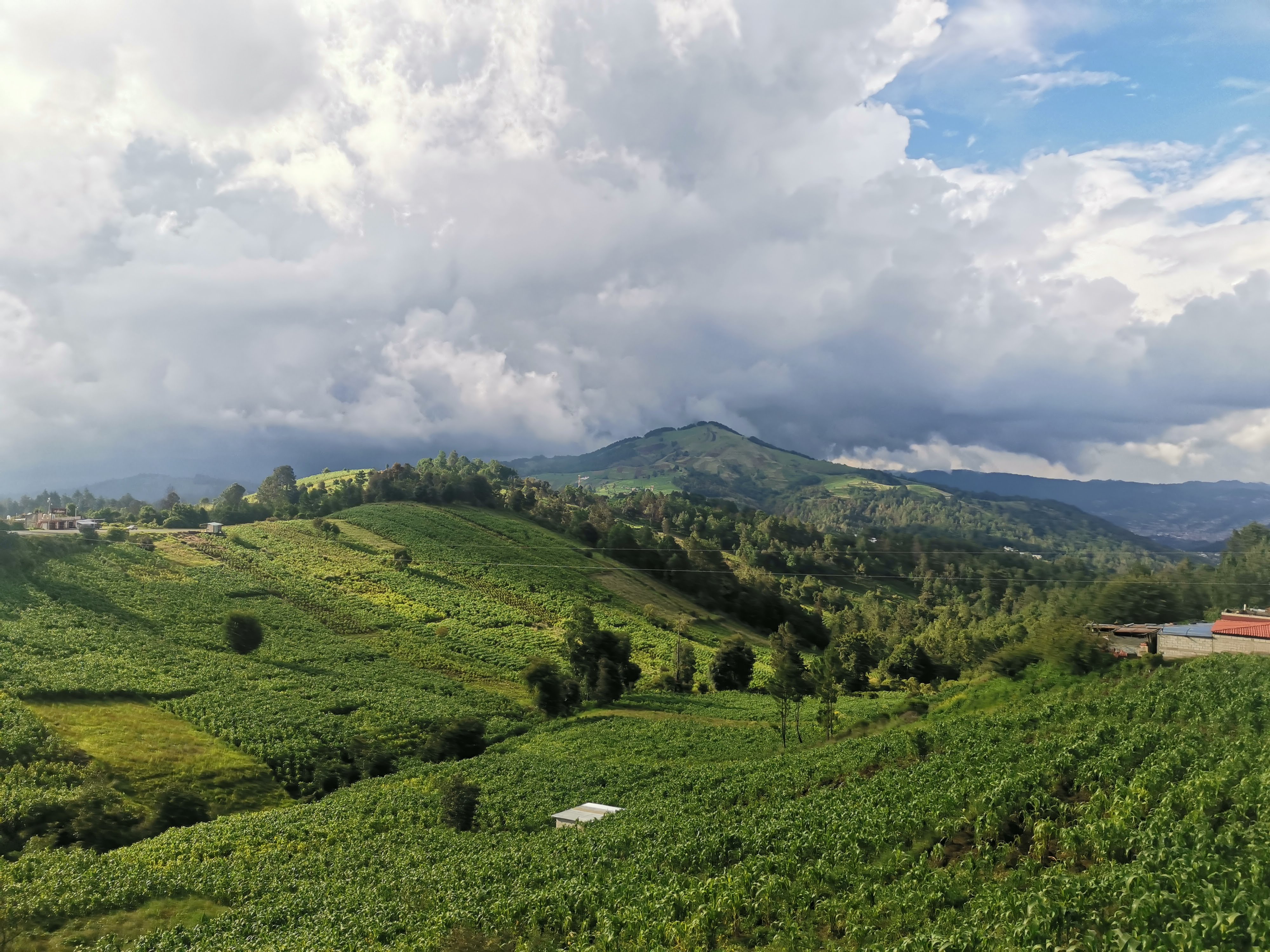The designations employed and the presentation of material on this map do not imply the expression of any opinion whatsoever on the part of IUCN concerning the legal status of any state, city or area or its authorities, or concerning the delimitation of its frontiers or boundaries.
Back



Building livelihood resilience to climate change in the upper basins of Guatemala’s highlands- Altiplano Resiliente
Contributing IUCN constituents: Ministry of Environment and Natural Resources
Project Details
| Name | Building livelihood resilience to climate change in the upper basins of Guatemala’s highlands- Altiplano Resiliente |
| Description | The project´s overarching objective is to reduce the impacts of climate change on the hydrological cycle in target watersheds through improved land use practices. This will lead to improved water recharge and productivity and contribute to the population´s and ecosystem´s increased resilience to climate change. Period implementation of the project is seven years, including an exit strategy planned for years 6 and 7. Total project area is 146,500ha of which 22,500 will be directly restored with EbA. This area includes agroforestry with annual crops, silvopastoral systems, and agroforestry with permanent crops or forest plantations and protection areas. The selected areas are considered as water recharge areas. |
| Contributing IUCN Constituent | Ministry of Environment and Natural Resources |
| Start Date | 1/1/2021 |
| End Date | 1/1/2026 |
| Conservation Actions | 2.1. Site/area management2.3. Habitat & natural process restoration6.1. Linked enterprises & livelihood alternatives3.1.1. Harvest management4.2. Training6.4. Conservation payments |
| Needed annual budget | - |
| Total annual budget | $3,800,000.00 |
| Staff | ♀ - | ♂ - |
| Beneficiaries | ♀ 39,600 | ♂ 92,400 |
Potential reduction of species extinction risk resulting from threat abatement actions
Absolute value (STAR)
634.1
3.9% of the total biodiversity conservation potential of Guatemala is covered by this project.
16,426.6
3% of The Americas's biodiversity conservation potential is from Guatemala.
543,527.6
44.4% of global biodiversity conservation potential is from The Americas.
This stacked bar chart represents the relative disaggregation of the selected contribution's total potential opportunity for reducing global species extinction risk through taking actions to abate different threats to species within its boundaries. The percentages refer to the amount of the total opportunity that could potentially be achieved through abating that particular threat.
% Contribution of threats to species extinction
2.46%
Agricultural & forestry effluents
4.23%
Other
14.02%
Housing & urban areas
14.23%
Fire & fire suppression
17.81%
Annual & perennial non-timber crops
19.92%
Livestock farming & ranching
27.33%
Logging & wood harvesting
Threat type